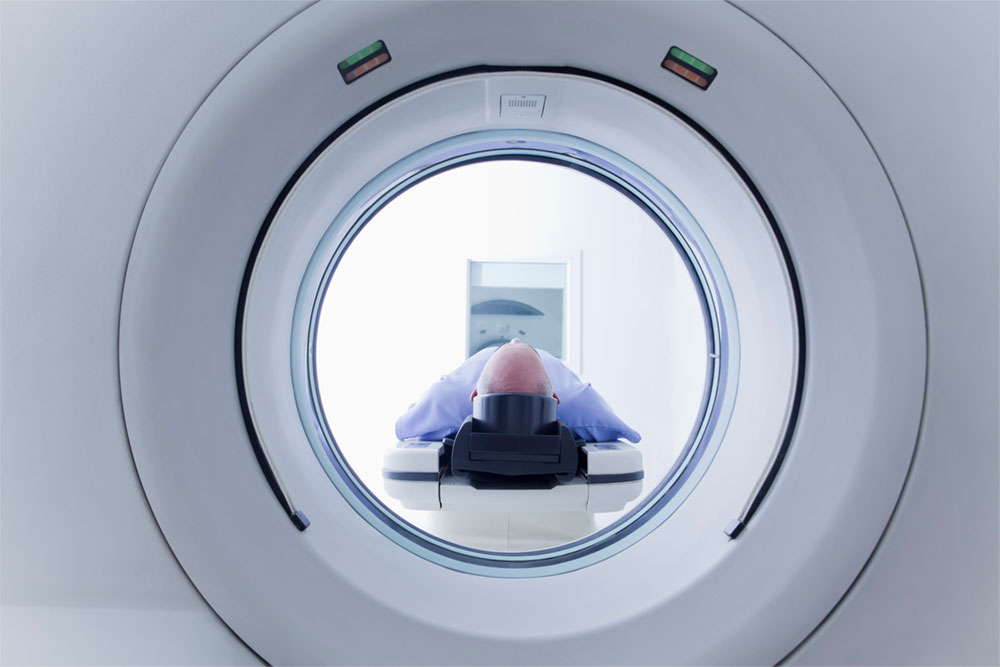Advanced Imaging Services: PET/CT, CT, and SPECT/CT


PET/CT (Positron Emission Tomography/Computed Tomography)
PET/CT combines two powerful imaging techniques in a single scan. PET reveals how tissues and organs are functioning at the molecular level, while CT provides detailed anatomical images. This combination helps us:
- Detect cancer early and accurately
- Pinpoint the exact location and extent of disease
- Monitor how well treatments are working
PET/CT is especially helpful for complex cancers like metastatic prostate cancer, neuroendocrine cancer, and thyroid cancer.
CT (Computed Tomography)

CT uses X-rays and advanced computer technology to create detailed cross-sectional images. CT scans are:
- Fast and painless
- Excellent for visualizing tumors, lymph nodes, and internal organs
- Useful for guiding biopsies and procedures, and for tracking changes over time
- CT is a vital tool in cancer diagnosis and ongoing management.

SPECT/CT (Single Photon Emission Computed Tomography/Computed Tomography)

SPECT/CT merges functional imaging from SPECT with anatomical detail from CT. This hybrid scan allows us to:
- Visualize blood flow and cellular activity
- Detect abnormalities not seen on other scans
- Plan and monitor targeted therapies
SPECT/CT is especially useful for certain cancer types and for evaluating how well therapies are working.

Frequently Asked Questions (FAQ)
What is the difference between PET/CT, CT, and SPECT/CT?
Are these imaging procedures safe?
How should I prepare for my scan?
Will I feel anything during the scan?
How long does the scan take?
When will I get my results?
Do you accept insurance?
Why Choose United Theranostics?

Our expert team uses these advanced imaging tools to ensure every patient receives an accurate diagnosis and a personalized treatment plan. We are dedicated to compassionate care, clear communication, and the highest standards in cancer imaging.
Ready to schedule your imaging appointment?
Call us at (800) 898-2650 or visit one of our locations in New York, New Jersey, Pennsylvania, Maryland, or New Mexico.

